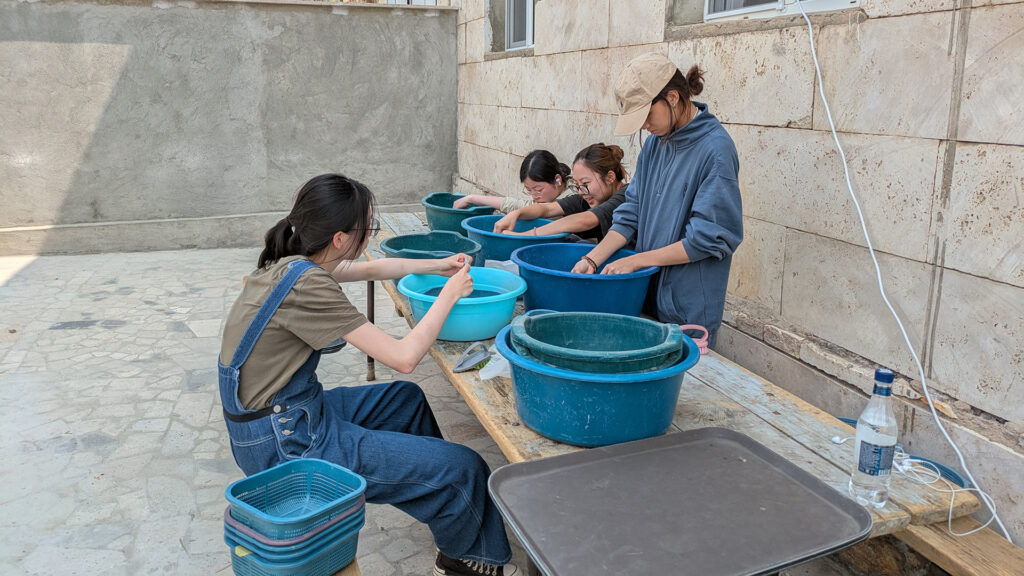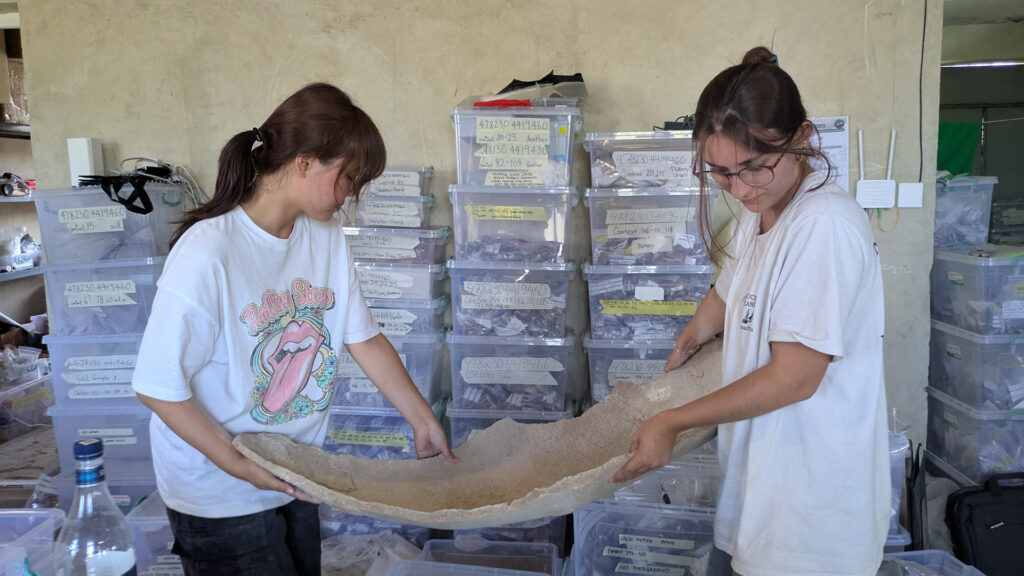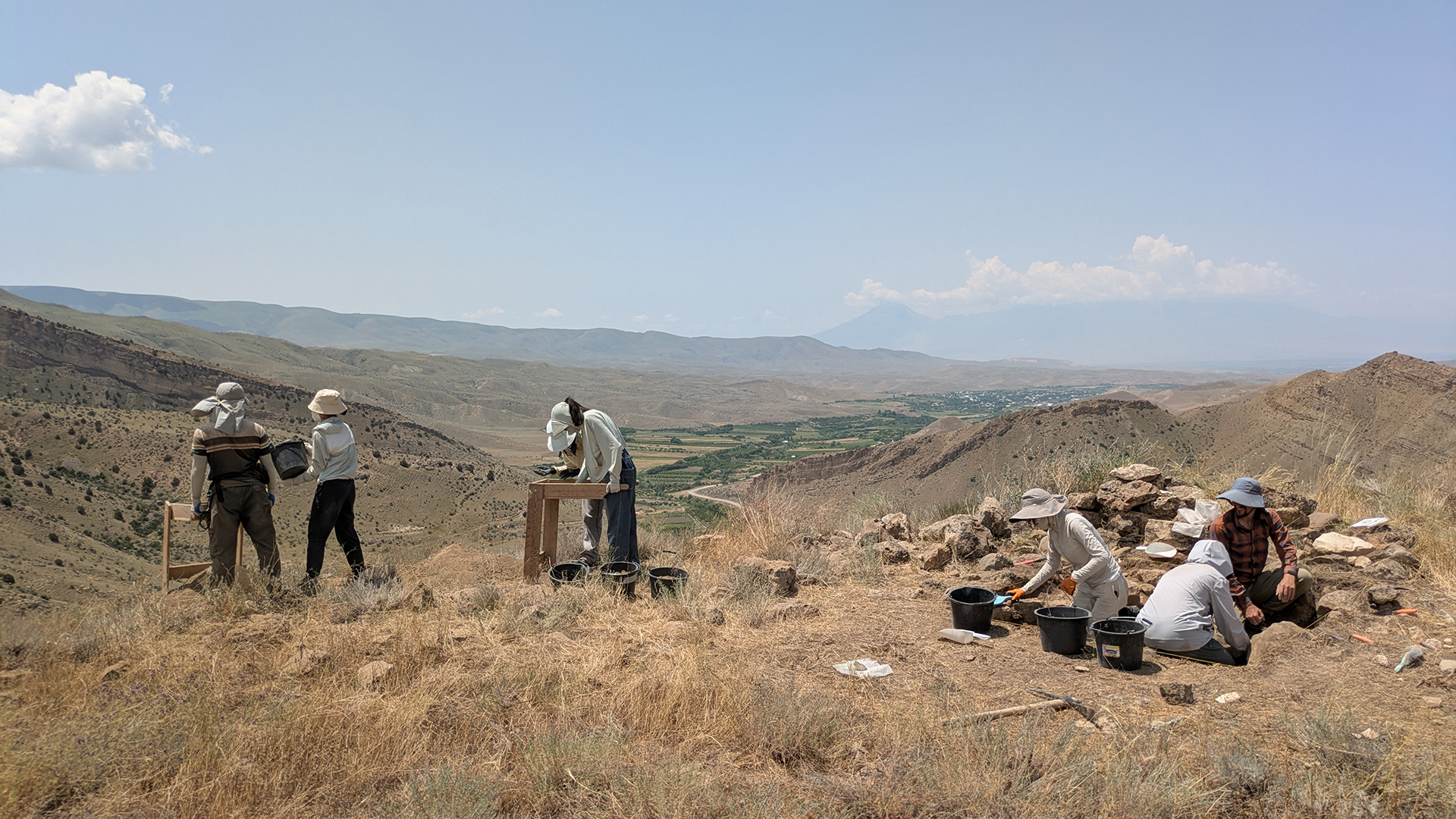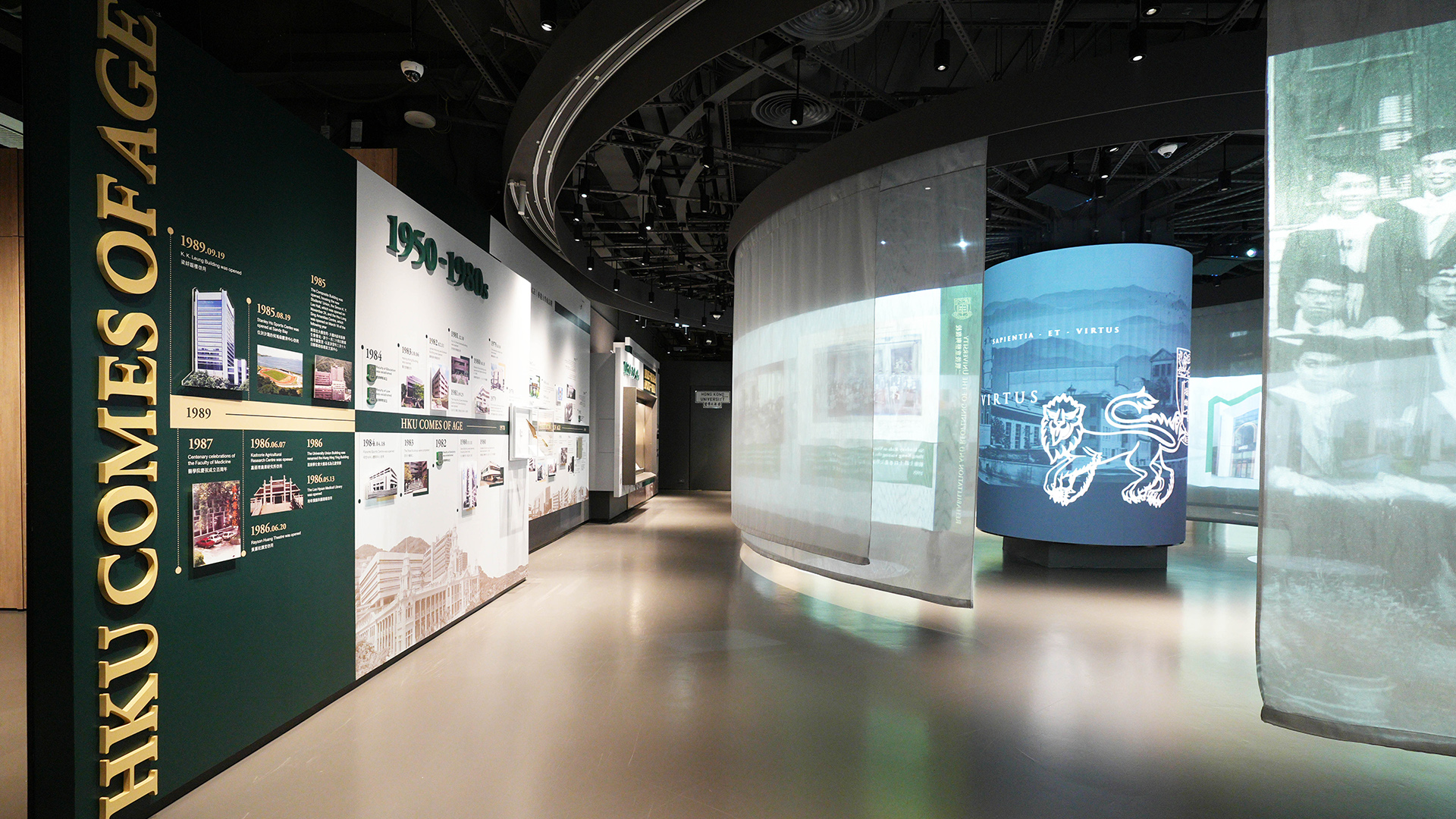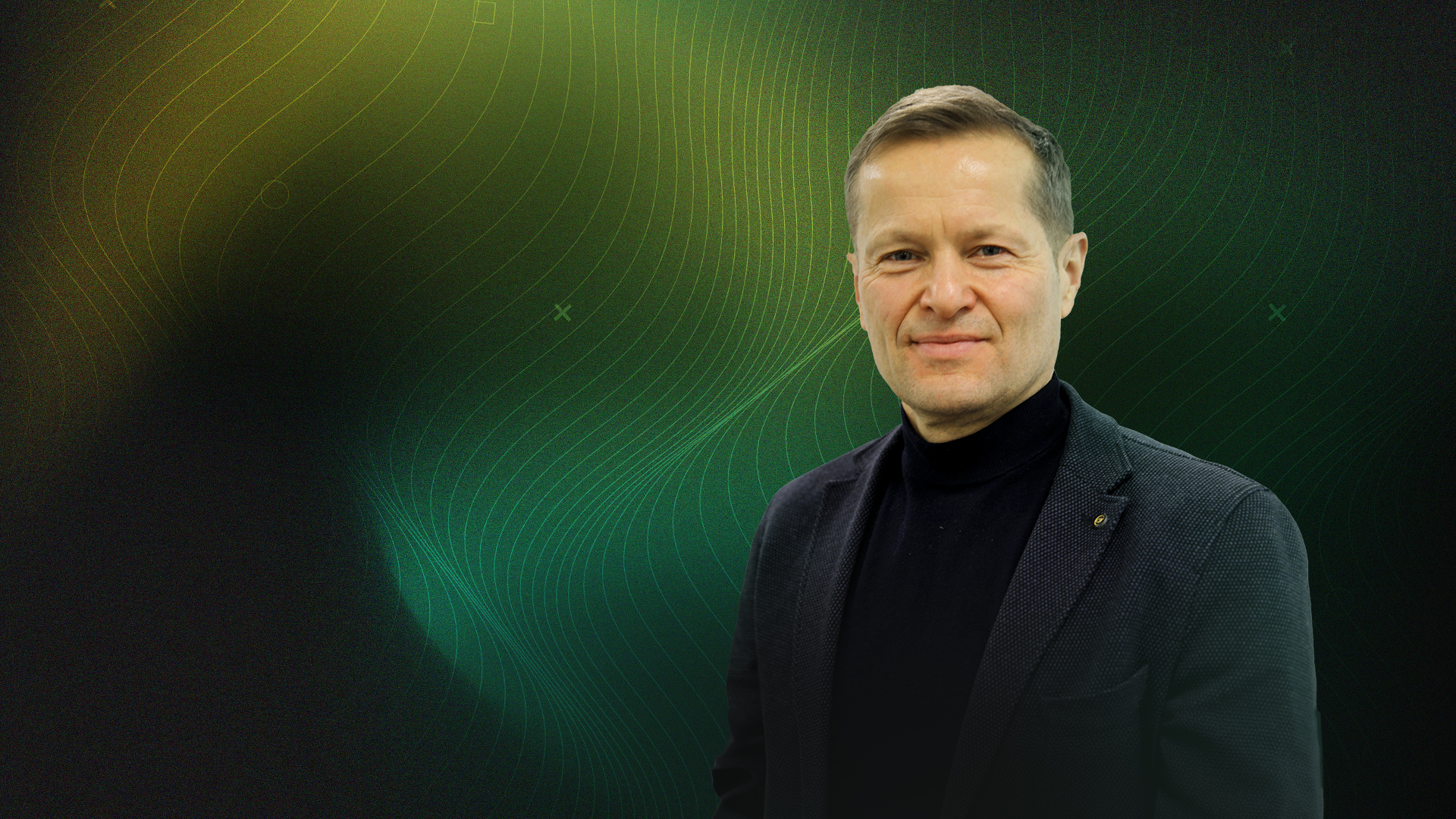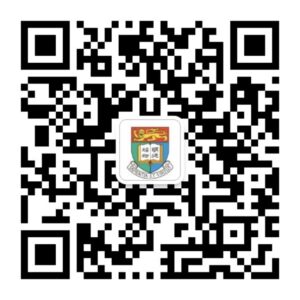In Armenia, a revolution is quietly unfolding in the field of archaeology thanks to cutting-edge 3D immersive technologies. Professor Peter J Cobb from the Faculty of Arts at HKU and a team of dedicated scholars from different disciplines are embarking on a groundbreaking project that promises to reshape our understanding of the past while preserving it for future generations by deploying advanced technologies at archaeological sites. Their innovative approach, which utilises 3D scanning, cloud computing, drones, mixed reality (MR) and augmented reality (AR), allows them to document and interact with archaeological finds digitally, to help mitigate the destructive consequences of traditional excavation methods.
Professor Cobb, a Mediterranean and Near Eastern archaeologist, emphasises the transformative nature of their work. “Archaeology has long been seen as a destructive science,” he explains. “We must destroy the evidence in order to record it. But our approach tries to find a better balance. We’re using new technologies to tell the story of the human past while preserving, as much as possible, the contexts of what we find.”
By employing 3D scanning technologies, Professor Cobb and his team are able to create detailed digital models of archaeological sites. This innovative method not only preserves the original information about the context of artefacts but also enables researchers to revisit and interact with their findings long after the excavation is complete. With MR headsets, they can overlay digital content onto the physical world, offering a richer, more immersive experience.
The current fieldwork in Armenia is part of the Ararat Plain Southeast Archaeological Project (APSAP), a collaboration between HKU and the Institute of Archaeology and Ethnography, National Academy of Sciences, Republic of Armenia, focussing on examining life and mobility in the Vedi River Valley of Armenia by undertaking an excavation of the 3,500-year-old Vedi Fortress. “This area is a crucial part of the global human past, and we are contributing knowledge about the past in one part of this very important area of the world,” Professor Cobb notes, highlighting its position as a crossroads between Africa, Asia, and Europe. The archaeological significance of the site is matched only by the rich cultural heritage that participating students from different Faculties have come to appreciate.
Reflecting on his experience, Christopher Hui, a second-year student of the Bachelor of Arts in Humanities and Digital Technologies programme, says, “I learned about the great culture and history Armenia inherited. Understanding the significance of what I was unearthing made the experience profound. I hope to return to Armenia to see my friends and explore more of this beautiful country.”
Not every moment in the field is glamorous, as fifth-year student Nina Zhang from the HKU Business School discovered. “Most of the time, our work might not be as ‘exciting’ as portrayed in films,” she admits. “But the thrill of seeing a wall that had been covered by dirt for over 3,000 years being excavated is beyond words. I’m so glad I participated in this programme for the learning opportunities, special experiences, and friendships I made.”
This interdisciplinary project is also strengthened by partnerships with academics in the Faculty of Engineering, Faculty of Architecture, Faculty of Education, and numerous students who helped incorporate cutting-edge technologies into archaeology to advance digital documentation efforts. PhD candidate Mr Hayk Azizbekyan, originally from Armenia, is also leading a dissertation project exploring innovative ways to use mixed and augmented reality for collecting and interacting with data at archaeological sites. He said, “We call this project our ‘vision for the future’, since the technology enables new ways of ‘viewing’ the past.” This vision includes a future where archaeologists wear headsets while digging, allowing for digital data collection while keeping their hands free and enabling the placement of virtual 3D models back into the excavation site in situ.
As technology continues to advance, Professor Cobb is excited about the potential applications of big data in archaeology. “Our team is experimenting with large datasets, machine learning, and artificial intelligence,” he explains. “The goal is to analyse tens of thousands of ceramic sherds, gaining insights into patterns that were previously obscure.”
Ultimately, the work being done in Armenia represents a significant shift in how archaeology is practised. By embracing new technologies, Professor Cobb and his students are not just uncovering the past – they are ensuring its preservation for generations to come.
